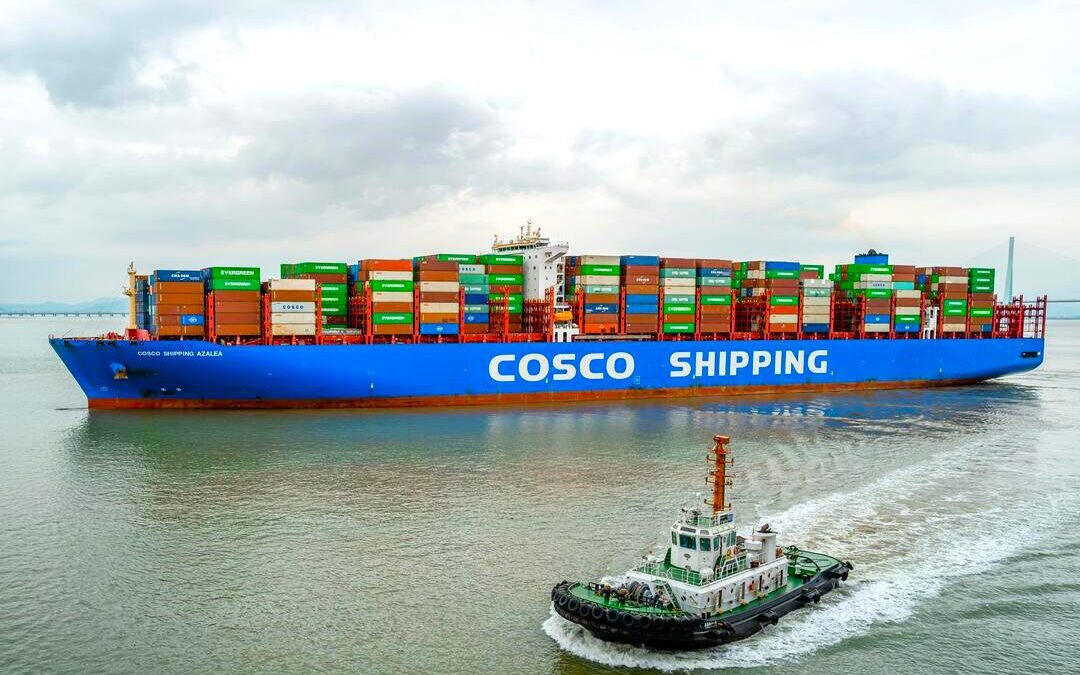China Leads Global Cleantech Boom with $100B in Overseas Investments: Report
Chinese firms have invested over $100 billion across 130 cleantech companies globally, reported German research firm Climate Energy Finance.
Chinese firms have invested over $100 billion in overseas investments across 130 major clean technology companies since 2023, reported an Australian research group.
According to Climate Energy Finance, this capital flow spans Europe, Asia, Africa and the Americas, leveraging China’s strength in supply chain, clean technology and new energy vehicles.
The CEF revealed an increased momentum in Chinese outbound foreign direct investment, or OFDI, in cleantech across economies worldwide as the Asian giant seeks to circumvent US trade sanctions and alleviate growing concerns of the European Union.
The US has imposed tariffs of 40 percent on China’s technology exports, such as solar modules, and 100 percent on EVs, accusing the Asian giant of unfair subsidies resulting in low-cost, high-quality products flowing into global markets. The EU is set to vote on the issue this week.
“OFDI is a key strategic pillar of China’s project to globalize its footprint, extend its geopolitical influence, circumvent tariffs, secure its supply chains, and build new and developing domestic markets for its massive output of cleantech production,” said Tim Buckley, founder and director of CEF in the report.
Global dominance
The Melbourne-based research group further said China continues to lead the world, investing annually in cleantech more than double that of the US or EU. For instance, in May, Chinese battery maker CATL announced an investment of $8.1 billion in Debrecen, Hungary, to set up a manufacturing facility expected to start production next year.
In February, Power China announced an investment of $4.2 billion in Tanzania to develop a hydroelectric facility of 2.15 GW. The project will take place by the end of this year. In June last year, Chinese NEV Human Horizons invested $5.6 billion in Saudi Arabia to set up a manufacturing unit of electric vehicles.
“China leads the world in R&D, investment, innovation, manufacturing, deployment and exports of cleantech…by an astonishing margin, with its investments into cleantech more than double those of the US or the EU,” said Tim Buckley, founder and director of CEF in the report.
Interestingly, China’s total research and development expenditure between 1995 and 2020 grew 3,299 percent from $18 billion to $620 billion. US’ R&D spending during the same period rose by 227 percent.
The Red Dragon is responsible for 32.5 percent of global EV exports, 24.1 percent of lithium batteries and 78.1 percent of solar panels.
As the world watches how these investments will shape the future of clean technology and global market dynamics, one thing is clear: China’s influence in the green revolution is set to grow, potentially altering the global competitive landscape in ways that will have far-reaching implications for decades to come.
Also Read:
China Retaliates with Trade Probe After EU Scrutinizes Solar, Wind Power
Nirmal Menon
Related posts
Subscribe
Error: Contact form not found.


